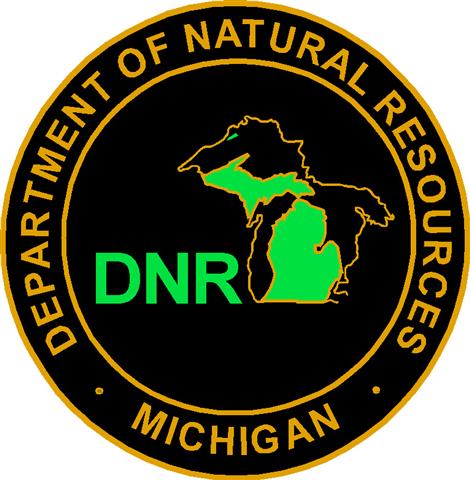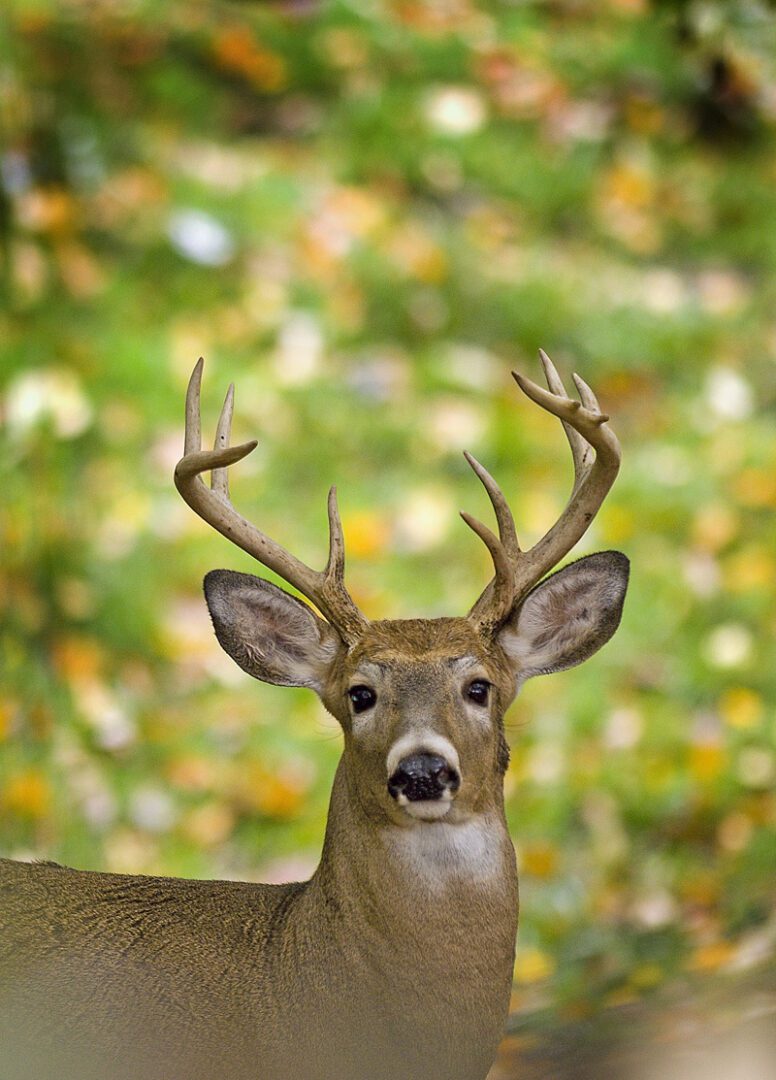Michigan Department of Natural Resources
The Michigan Department of Natural Resources and Michigan State University Diagnostic Center for Population and Animal Health announced that epizootic hemorrhagic disease (EHD) has been confirmed in 24 Michigan counties. For a list of all 24 counties, visit www.michigan.gov/emergingdiseases and click on EHD, which is located near the bottom of the page.
The disease is caused by a virus that is transmitted by a type of biting fly. A constant characteristic of EHD is its sudden onset. Deer can suffer extensive internal bleeding, lose their appetite and fear of humans, grow progressively weaker, salivate excessively and finally become unconscious. Due to a high fever, infected deer often are found sick or dead along or in bodies of water.
At present, just over 4,200 dead deer have been reported in 24 counties. The DNR expects more dead deer to be found as farmers harvest their crops and hunters take to the field.
“Since July, the DNR, in cooperation with many, helpful volunteers, has been monitoring the EHD outbreak,” said Brent Rudolph, DNR deer and elk program leader. “This is a horrible disease for hunters, DNR personnel and other wildlife enthusiasts to see affecting deer.”
Rudolph explained that the first, hard frost should kill the flies. These insects have thrived this year due to the dry, hot summer. This year has seen a number of major outbreaks across the country, and EHD has been documented in all neighboring states of Wisconsin, Illinois, Indiana and Ohio.
The DNR has received numerous calls from hunters who have asked if deer seasons will be closed this year. They will not be closed; the deer seasons will go as planned this year.
Other callers have voiced concern with harvesting an EHD-infected deer. They have asked if deer infected with EHD are safe to eat. EHD does not affect humans, so edibility of the venison is not affected by this disease. There is no evidence that humans can contract the EHD virus either from the midge or from handling and eating venison.
Hunters in affected townships should anticipate seeing fewer deer this year. However, because EHD die-offs are localized, hunters in adjoining townships may not notice any differences. States that have had similar pronounced outbreaks in the past have consistently seen deer numbers in such localized areas rebound within a few years.
“We will continue to monitor this unfortunate situation,” said Russ Mason, DNR Wildlife Division chief. “I understand how important the deer resource is to people. EHD is affecting me and my family as well because we are deer hunters. When we consider regulations for next year, there is no doubt that we will be factoring in the impact of this disease along with other influences on the deer population. Most likely, there will be changes to our management of deer in southern Michigan.”
The DNR encourages hunters to stay aware of confirmed outbreak areas and adjust, if appropriate, their hunt and harvest plans.
Anyone discovering concentrations of dead deer or those seeking more information can contact their local wildlife biologist at the nearest DNR office. Office locations can be found at www.michigan.gov/wildlife under Wildlife Offices.
Because dead deer do not harbor EHD and cannot infect other deer, it’s fine to leave carcasses where they are found. It’s also fine to bury dead deer at a sufficient depth so that no parts are showing above ground. Finally, carcasses will be accepted at landfills that accept household solid waste.






